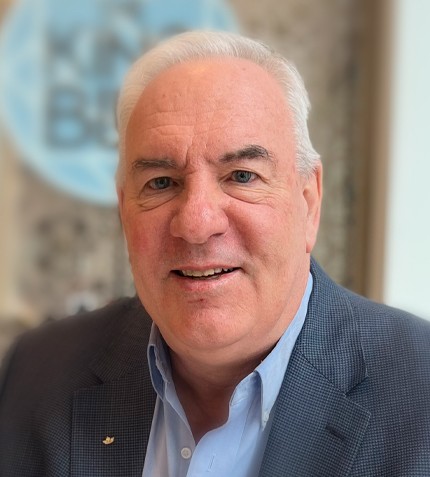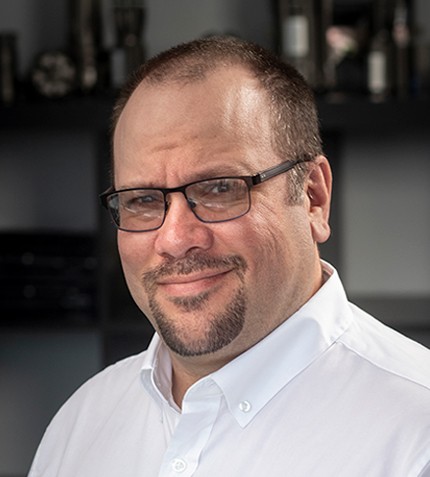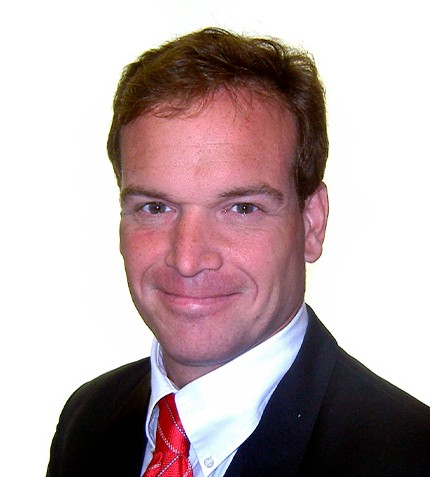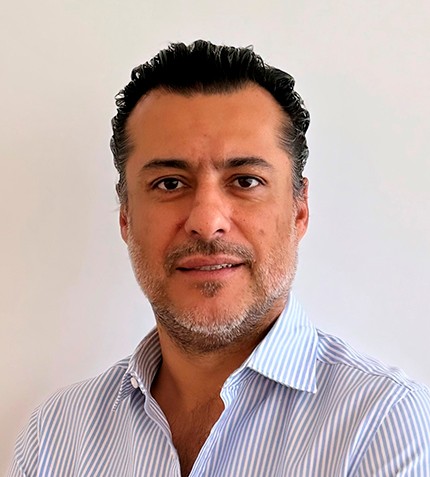
"The evolving role of mining, from a previously overlooked sector to now being considered a critical industry globally, underscores the need for strategic innovation and sustainable mining practices."
Doug Morrison
PRESIDENT AND CEO, CENTRE FOR EXCELLENCE IN MINING INNOVATION (CEMI)
What were the major highlights at CEMI in 2023?
Over the past year, our primary focus has been on securing the second tranche of project funding, amounting to C$30 million for the Mining Innovation Commercialization Accelerator (MICA). The independent selection process for these projects was completed in June 2023, resulting in the allocation of funds to 40 projects. Although a small contingency is set aside, many of these projects are now progressing through the winter, with a significant push planned for the spring.
As we are now concentrating on maximizing the network's value, unexpected benefits have emerged. While 40 projects secured funding, an additional 80 projects, though unfunded, contribute to a collective pool of innovation. This diverse pool becomes crucial as the mining industry faces multifaceted challenges, each requiring unique and location-specific solutions. The strategic strength of the network lies in its ability to combine the solutions provided by these 40/100-point solution providers, offering tailored answers to specific challenges.
Internally, our efforts have centered on technologies and techniques that facilitate obtaining social license to operate. Building positive relationships with local communities is essential, as government permits do not guarantee progress. Tailoring solutions to local needs, especially in addressing issues like land access and water quality, is crucial. Additionally, we have discovered that changes made to address challenges such as tailings can have ripple effects, creating economic opportunities for local communities beyond the mining operation.
What advice do you have for obtaining funding for innovations?
The critical challenge for many companies lies in the ‘commercialization gap’, which requires conducting field trials under authentic, real-world conditions. For those dealing with underground solutions, designated locations like NORCAT offer opportunities for practical testing. However, sectors dealing with waste management and environmental technologies encounter additional complexities. In these cases, finding applications for the technology becomes pivotal, demonstrating its benefits to local communities.
Presently, as some of our projects move towards success, they encounter the need for additional investments to scale up operations. Our collaboration with MaRS is instrumental in facilitating this scaling process. While we desire to see these SMEs prosper in Canada, we acknowledge the slower pace of technology adoption in the country. Consequently, our international relationships are leveraged to connect SMEs with markets in regions such as Chile, Peru and Australia, where the mining industry adopts innovations more rapidly.
Overall, our assistance to startups kicks in at a certain stage, specifically addressing the commercialization gap and supporting them through field trials. We anticipate that remote and small-scale mining operations will be prominent in the future, necessitating collaboration with local communities.
Can you highlight areas in the mining innovation space that are overlooked or lacking in funding?
Ore haulage consumes significant energy in the mining process. Technical constraints prevent us from making equipment larger, and expanding tunnels is not a viable solution. Here, conveying systems present a promising alternative, offering faster material movement with significantly lower energy consumption compared to traditional batch systems. A key point of contention is the continuous loading system versus Load-Haul-Dump (LHD) machines. LHD machines, despite their widespread use, are inefficient, with only a fraction of their operational time in contact with the material. Continuous loading systems, on the other hand, promise greater efficiency and reduced energy demand.
Transitioning to continuous autonomous systems holds tremendous potential. Beyond reducing labor costs, it addresses the industry's significant energy expenditure, particularly in ventilation, a critical factor in underground mining. Smaller, energy-efficient machines contribute to lower overall horsepower requirements, leading to a drop in ventilation cost. Reducing production cost is transformative. By lowering the cut-off grade, the quality of previously deemed unprofitable material becomes feasible. The mining industry faces a pressing challenge with the increasing demand for critical minerals, especially in the context of the urgent need to combat climate change. The current timeline for bringing new mines into production is incompatible with the rapidly escalating demand for metals.
The mining industry must produce more metals and minerals at a lower cost to support the broader global push for electrification and sustainability. Moreover, the evolving role of mining, from a previously overlooked sector to now being considered the most critical industry globally, underscores the need for strategic innovation and sustainable mining practices.










